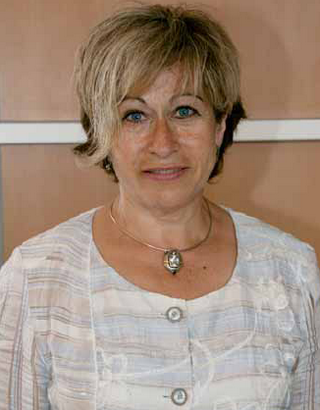Archive:EU statistics on income and living conditions – Helping to fulfil data needs of the 21st century
- Published in Sigma - The Bulletin of European Statistics, 2010/02
Inna Steinbuka, Director of the Social and Information Society Statistics Directorate at Eurostat, heads an international task force dealing with the ‘multidimensional measurement of the quality of life’. The task force, part of the newly formed Sponsorship on Measuring Progress, Well-being and Sustainable Development is jointly chaired by Eurostat and the French Statistical Office, Insee. Sigma spoke to Ms Steinbuka to find out more about the work of the task force.
Introduction
‘Our work directly reflects the requirements of today – the need to modify statistical systems and develop ways of measuring growth, taking into account social well-being,’ said Ms Steinbuka. ‘The development in recent years of the EU Statistics on Income and Living Conditions (EU-SILC) is a major step in that direction.’
EU-SILC is a survey of private households. It was launched in 2003 on the basis of a gentlemen’s agreement between Eurostat and six EU Member States (Austria, Belgium, Denmark, Greece, Ireland, Luxembourg) and Norway, and formally launched in 2004 following a European Commission regulation in 15 countries. In 2005, the survey was expanded to cover all of the then EU-25 Member States, together with Norway and Iceland. Bulgaria launched EU SILC in 2006, while Romania, Switzerland and Turkey introduced the survey in 2007.
‘Future data gathering, adapted to follow the recommendations of the Stiglitz Commission and the Communication, GDP and Beyond, will mean reliance on a combination of different data sources and the creation of a number of new indicators,’ said Ms Steinbuka. ‘EU-SILC, which well reflects developments in the social situation in Europe, will play an important role in this process. The Sponsorship task force will use the experience gathered in the development of EU-SILC in its work on future indicators to measure the quality of life of a society.’
Warsaw conference
An international conference on EU-SILC, held in Warsaw last March brought together data producers, institutional users of statistics and members of the academic community. The meeting allowed a unique insight into the state of play of social statistics in Europe.
During the conference, Professor Anthony B. Atkinson, a leading expert in the area of micro-economics and economics of income distribution and poverty, as well as a member of the European Statistical Governance Advisory Board, described the harmonised EU-SILC database as a ‘valuable source’ in the development of new indicators in line with the recommendations of the Stiglitz Commission and the Commission Communication, GDP and Beyond.
‘I agree with Prof. Atkinson that the potential of our survey for future research cannot be overestimated,’ said Ms Steinbuka. ‘EU-SILC is very helpful to policymakers in their analysis and monitoring of the problems affecting a large proportion of the European population as, among other things, it pro
